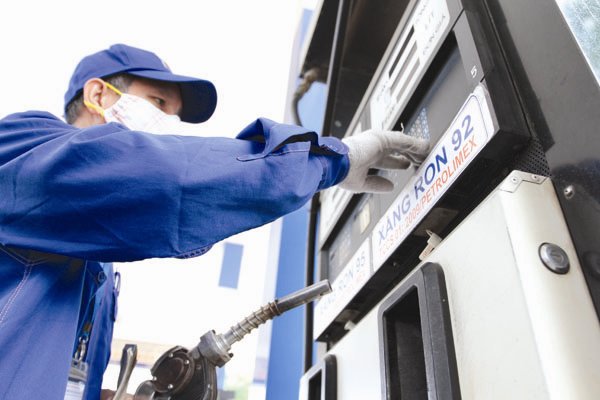The government successfully reined in the inflation rate at below 5 percent in 2016 as planned. However, curbing inflation will be a difficult task for 2017.
The consumer price index (CPI) in January 2017 increased by 0.46 percent, according to the General Statistics Office (GSO), higher than the same period of the last three years. This was attributed to the price increase of transport services – 3.21 percent. In addition, increased healthcare service fees in HCMC and tuition in other provinces also contributed to the CPI increase.
The petrol price increased three times in December 2016 and January 2017 gave a push to the inflation.
| Even the most optimistic economists have shown concern about price fluctuations in the world market, especially the crude oil price. |
In the last six months, the crude oil price dropped to $46 per barrel twice, while it stayed over $50 per barrel the res of the time.
Observers have more reason to worry about inflation escalation as the Ministry of Finance (MOF) plans to raise the environment tax on petrol products to VND8,000 per liter, which would push the retail petrol prices up. Raising the environment tax is the shortest way to increase the state budget revenue, but it may make high inflation return.
They pointed out that the CPI would be under pressure if the international crude oil price increases by 15-20 percent (this is possible as the world’s leading oil exporters try to cut output to stabilize the prices), and MOF raises the environment tax.
SBV is closely watching the performance of the consumer price index. It is now too early to say about the changes in the dong interest rates. However, if the inflation rate in February and March is the same as in January, the monetary policy regulation agency may have to think of measures to force the interest rates down.
Thoi Bao Kinh Te Sai Gon commented that the PMI (purchasing managers’ index) in 2017 shows worrying signs. The inflation rise has led to higher input costs, thus raising finished product prices for the fifth consecutive month. This is not good news for Vietnam’s exports and domestic consumption.
Together with the international crude oil price, the natural rubber price has nearly hit the $2,800 per ton threshold. The prices of other goods are also expected to increase, which make Vietnamese products more expensive because the country relies on material imports.
Nguyen Ba Minh from the Economics & Finance Institute also warned that the government would meet bigger challenges in regulating price policies in 2017.
M. Ha / vietnamnet